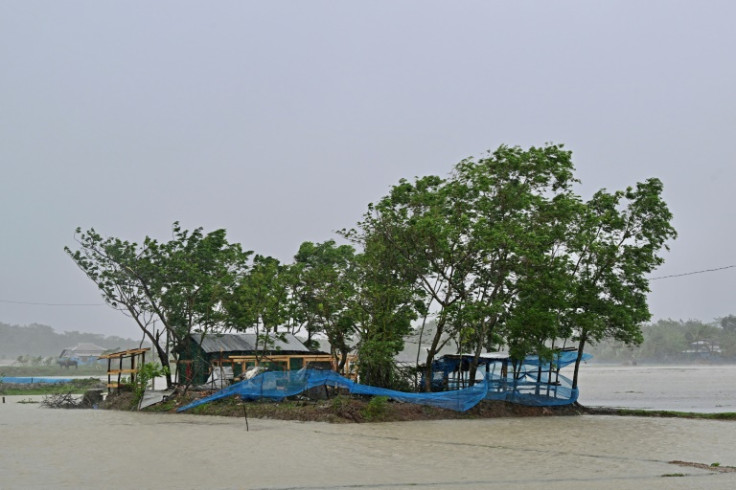Australia Braces For Substantially Warm Winter, As La Niña Looms

Australia is preparing for a warm winter, with large swaths expected to have temperatures above average.
According to the Bureau of Meteorology (BOM) projection, there will be substantial warmth in New South Wales, Queensland, Victoria, Tasmania, Western Australia, and South Australia from June to August, possibly shattering last year's record for the hottest winter ever, ABC reported.
This will provide problems for winter sports enthusiasts and offer inconsistent chances for rainfall throughout the nation.
However, skiers may still have hope, as BOM senior meteorologist Simon Grainger pointed out that a warmer prediction does not always imply poor snow conditions.
"Snowfall in south-east Australia is determined by cold fronts, and weather systems that we can forecast in the short term," Grainger told ABC.
The seasonal prediction for rainfall is less certain. A tiny area around Cairns, central Australia, and the midwest of Western Australia are somewhat more likely to have wetter-than-normal weather.
It is unlikely to be very wet or dry anywhere, according to Grainger, even if there is a tiny rise in the likelihood of unusually wet circumstances in certain interior portions of Western Australia and a slight risk of abnormally dry conditions in northern Australia.
Preliminary predictions indicate that June in some regions of eastern Australia will be drier than usual, with more rain anticipated from July through September.
The seasonal picture is less certain when it comes to rainfall. Weaker-than-normal conditions are somewhat preferred in parts of central Australia, the midwest of Western Australia, and a tiny area around Cairns. The likelihood of the remaining portion of the nation being above or below normal is split 50/50, according to News.com.au.
Now, meteorologists focus on the La Niña weather trend, which is marked by stronger-than-normal easterly winds. This change might result in wetter-than-average weather in northern and eastern Australia. This came after the BOM just announced that the El Niño period for 2023–2024 is over.
As a powerful El Niño gives way to a La Niña in the Pacific Ocean, worldwide weather patterns are probably going to change. La Niña may increase the chance of strong hurricanes in the Atlantic, while bringing cooler seas and more precipitation to northern and eastern Australia.
This adjustment, together with further climate change, will make 2024 a crucial year for researching the effects of extreme weather.
© Copyright 2025 IBTimes AU. All rights reserved.





















